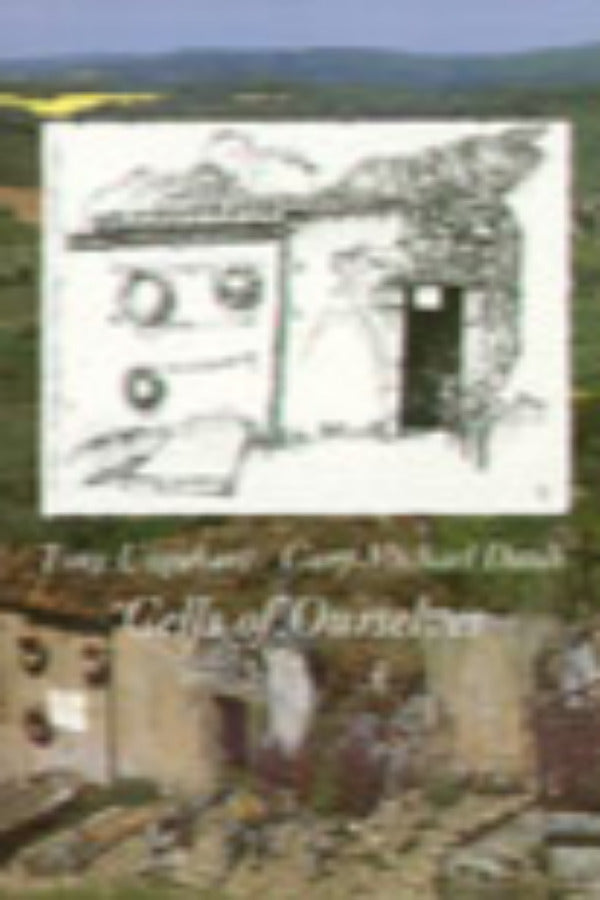Cells of Ourselves
Cells of Ourselves
Some drawings by Tony Urquhart, edited, elaborated and arranged around the idea of a cage by Gary Michael Dault.
Cells of Ourselves includes fifty drawings (ten reproduced in full colour) organized allusively around the idea of a cage, presented alongside a prose commentary on the images. The drawings are all very small and reproduced, for the most part, size as. Tiny, but complex and richly detailed, these teeming miniature drawings are endlessly explorable meditations on the idea of the cage, the enclosure, the cordoned-off area: this cage theme encompasses everything from the calligraphic wrought-iron erected like architectonic ivy around French grave sites to depictions of animals in zoos, historical artefacts in glass cases, buildings within walls, anatomies of the Paris Metro cars, even an eloquent up-close exploration of the fearsome nature of an ordinary fly-swatter.
Running through all these drawings of cages and grids is a common theme: that what is inside an enclosure is not so much a part of the greater world held captive, but rather a part of the world now intimately focussed for our inspection. The act of entrapment (mimicked, to some extent, by the artist) becomes an act of homage, an endeavour to hold something still so that its true nature can be understood, so that it becomes possible to see the world in a grain of sand rather than to see moments of selected experience as moments endlessly lost in flux, endlessly condemned to freedom and dissolution.
Here the task of both artist and writer is to see much in little -- which is one of the states of reverie that leads to freedom.

